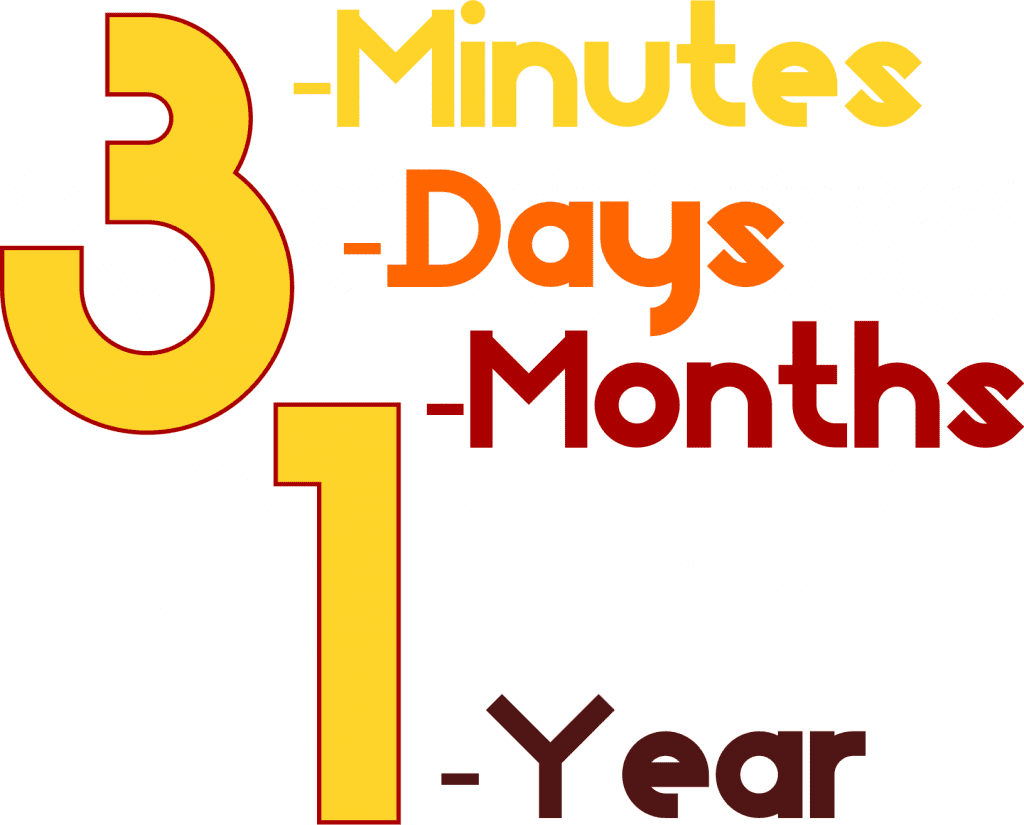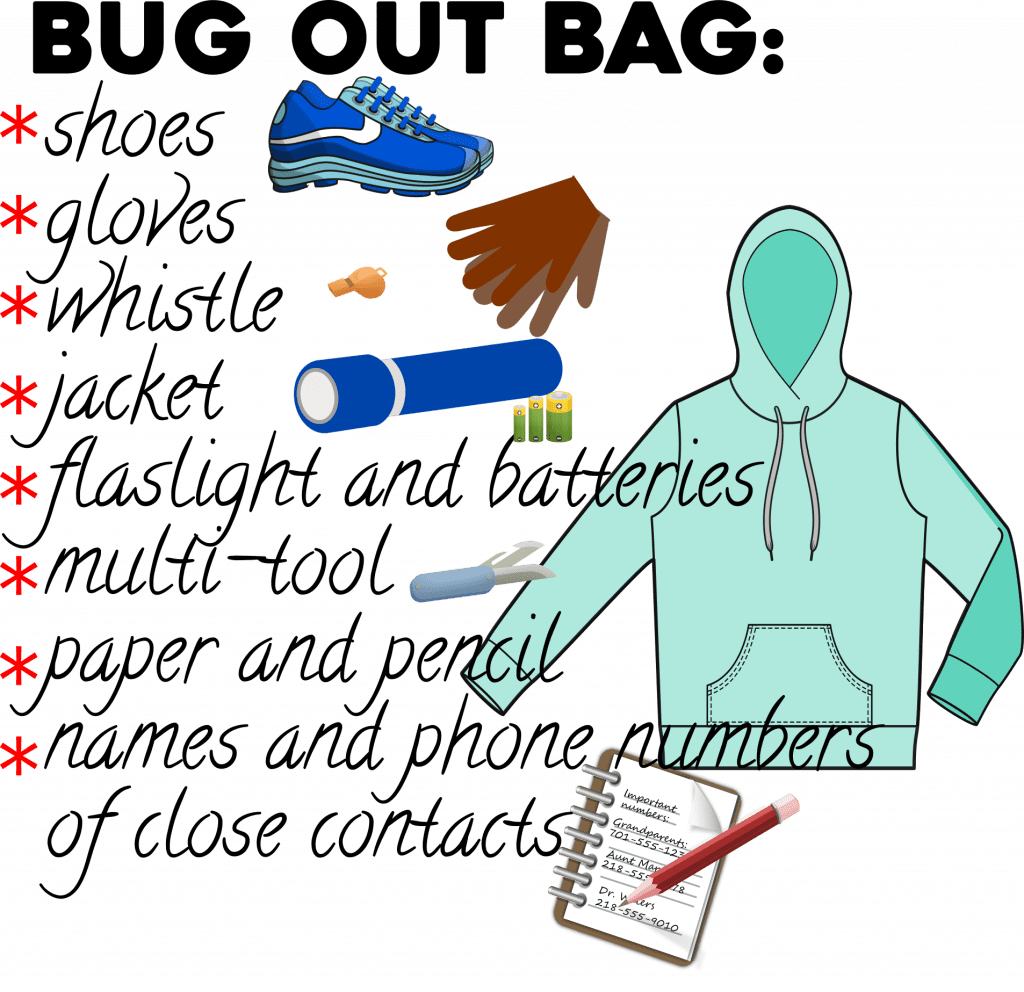

It's almost summer time, and that means we're entering tornado season. Natural or man-made disasters will strike without warning. In North Dakota, we should prepare for a house fire, tornado, or a chemical spill. In other parts of the country, the disasters might be earthquakes or flash flooding.
When planning for disasters, follow the 3-3-3-1 rule. Plan first for the first three minutes of the disaster, then the next three days. Most disasters are resolved within three days, but some may have lingering effects for months, so the next thing to prepare for is a crisis that might last three months.

It's unlikely that the effects of a disaster will last a year, but not impossible. If the disaster is prolonged and widespread, you'll be glad if you have a one-year plan.
It's the first three minutes after the disaster that are the most crucial. That's the focus today: planning for those first three minutes.
There are two things you need to prepare for the first three minutes: a Bug Out Bag and a plan.
What’s a Bug Out Bag?
A Bug Out Bag (BOB) is a small kit with the things you will need in the first three minutes of a disaster. It is designed to get you safely out of the house and to a safe meeting place. Once everyone is safely assembled at your designated meeting place, you can all make decisions on what the next steps are to respond to your disaster.

Every member of the family who can put their own shoes on should have a BOB. All BOBs should have the five things each family member will need in the first three minutes of a disaster:
Two other things that are not essential but may prove to be useful:
Put these items inside a draw-string bag or one of those inexpensive reusable grocery bags. Keep it near the bed or closet so that each family member grab it at a moment’s notice. Once everyone is outside the house, each person can tuck their BOB inside their 72-hour kit. (The 72-hour kit is the foundation of your 3-day plan. We'll talk about it next week.)
How does this work?
Use the free emergency planning guide to make a family emergency plan. Your plan should include a safe meeting place where everyone will go at the sound of alarm. This should be something close by that offers some degree of protection from the danger. A detached garage or neighbor’s house might be a good place.
You should do a practice run to see if you’ve forgotten anything in your emergency plan. Then run a family drill — much like a school fire drill — a few times to make sure everyone is confident knowing what their response should be. Do a few practice runs on an evening or weekend when you have time to work through some of the wrinkles. Then do a surprise drill at 2:00 in the morning, when everyone is dead asleep. This is the real test to see how everyone responds when disaster strikes unexpectedly.
Keep the BOB where family members can easily grab it in the dark at a moment’s notice. In case of an emergency, sound the alarm. Tell everyone to grab their BOBs and head to the designated meeting place. Don’t wait to put on coat or shoes. Your priority is to get out of the house safely. That’s why the BOB has a jacket and shoes in it. You put those on once you are safely out of the house.
Once everyone is safely out of the house, you will begin assessing the emergency to determine what your next steps will be.
Once emergency responders arrive, most natural or man-made disasters are quickly resolved. But it may be a few days before everything returns to normal. There may still be a period of putting everything back together, especially if your house was damaged. The important thing is you and your family are safe, because you prepared for those first three minutes.
Free guide to creating your family emergency plan: https://www.providenthomecompanion.com/product/create-your-family-emergency-plan/